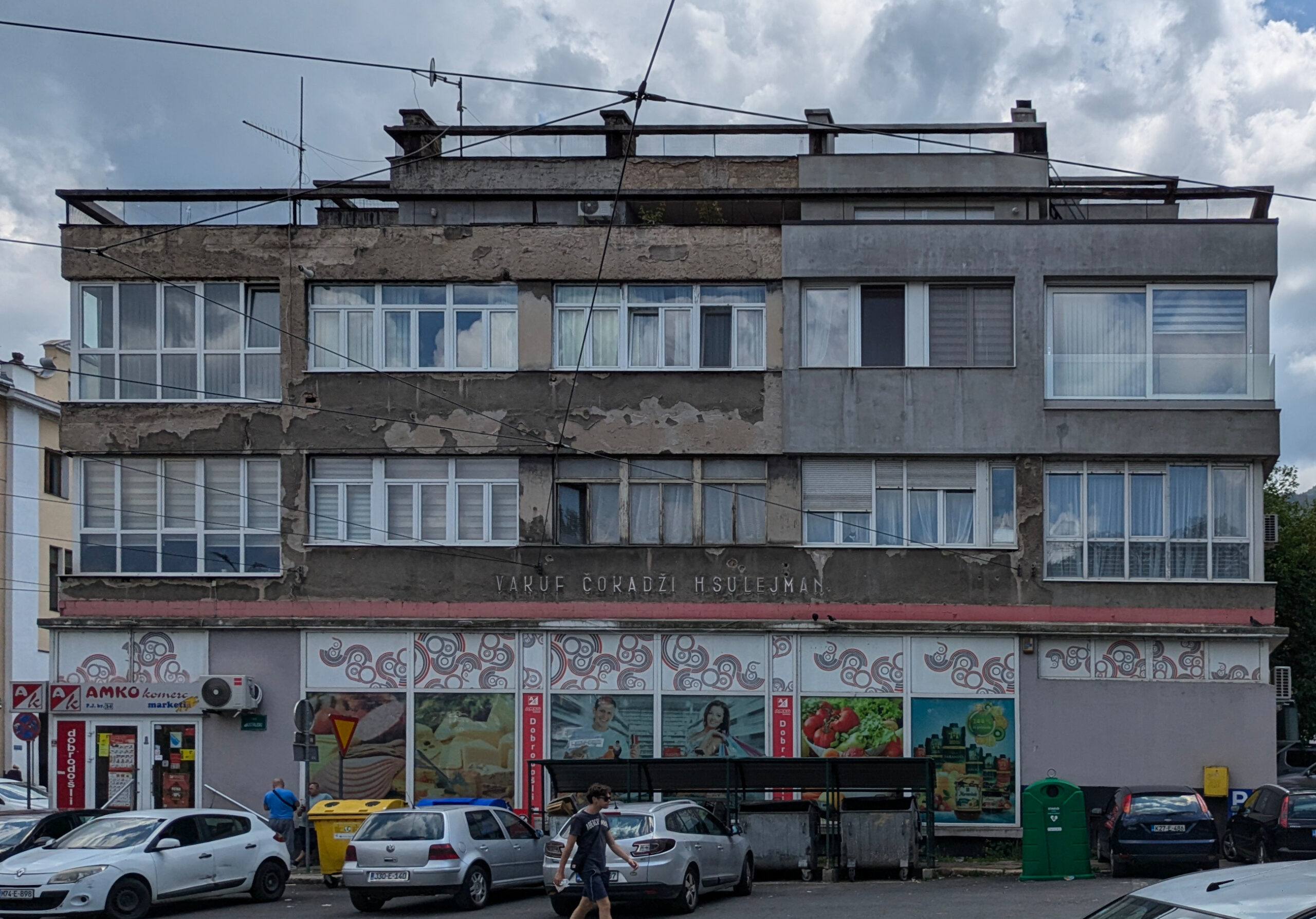Midtown South Rezoning in New York City
New York City, known for its towering skyscrapers and bustling streets, is taking a significant step toward addressing its housing crisis through the Midtown South rezoning plan. This ambitious proposal aims to revitalize a 42-block area near Penn Station by adding nearly 10,000 new apartments. The transformation of this office district into a vibrant neighborhood is not just about creating more living spaces; it’s about fostering a sense of community. Among the new apartments, 2,800 units are earmarked for affordable housing, reflecting a commitment to inclusivity and accessibility. This plan is a testament to the city’s dedication to evolving with the needs of its residents, ensuring that the heart of Manhattan remains a diverse and dynamic place to call home.
Integration of Retail and Residential Spaces
In South Los Angeles, a groundbreaking mixed-use development in Baldwin Hills is setting a new standard for urban living. With a price tag of $425 million, this project is an intriguing blend of retail and residential spaces, featuring a Costco warehouse and 800 apartment units. This innovative approach not only addresses the housing crisis by offering both affordable and workforce housing options but also enhances the quality of life with modern amenities such as a rooftop pool and fitness center. By integrating retail and residential spaces, this development creates a convenient and connected living environment, where residents can easily access essential services and enjoy a vibrant community atmosphere.
Decline of Traditional Backyards in Australia
In Australia, the traditional backyard is becoming a rarity, not due to high-density apartment living, but because of modern house designs. As larger homes are built on smaller lots, green spaces and vegetation are being sacrificed. This shift has sparked discussions about the importance of communal spaces and amenities to maintain sustainability and livability in urban areas. The decline of the classic backyard represents a broader trend in urban development, where the focus is shifting towards creating shared spaces that foster a sense of community and connection among residents. This evolution highlights the need for innovative design solutions that balance the desire for private living spaces with the benefits of communal living.
Rise of Co-Living Spaces
Co-living spaces are rapidly gaining popularity as a solution to the challenges of affordable housing in urban areas. This model offers shared living spaces with private bedrooms, catering to individuals seeking cost-effective housing options. Co-living arrangements not only provide financial relief but also foster a sense of community among residents. By sharing common areas and amenities, residents can build meaningful connections and enjoy a supportive living environment. This trend reflects a growing desire for community-oriented living, where individuals can enjoy the benefits of shared experiences while maintaining their privacy.
Hybrid Buildings Combining Residential and Commercial Uses

Hybrid buildings, which seamlessly blend residential units with commercial spaces, are becoming an integral part of modern urban landscapes. This approach maximizes land use, offering residents convenient access to amenities and services within the same building. By integrating residential and commercial functions, these buildings create vibrant, self-sustaining communities that cater to the needs of urban dwellers. This trend is a reflection of the changing dynamics of urban living, where the lines between work, leisure, and home life are increasingly blurred. Hybrid buildings provide a practical solution to the challenges of urban density, offering a harmonious balance between convenience and community.
Development of Branded Cities
In a bid to attract residents and businesses, some cities are embracing the concept of branded developments. These are entire neighborhoods or districts designed around a specific theme or brand, offering a unique living experience. Branded cities aim to create a distinct identity, setting them apart from traditional urban developments. This trend is driven by the desire to offer residents a lifestyle that aligns with their values and interests. By crafting a cohesive and immersive environment, branded cities create a sense of belonging and pride among residents, fostering a strong community spirit.
Focus on Sustainable and Green Building Practices
As environmental concerns take center stage, there is a growing emphasis on sustainable and green building practices in urban housing projects. Eco-friendly materials and construction methods are becoming the norm, reflecting a broader commitment to environmental responsibility and energy efficiency. This focus on sustainability is not just about reducing the carbon footprint of urban developments; it’s about creating healthier and more resilient living environments for residents. By prioritizing green building practices, cities are paving the way for a more sustainable future, where urban living is in harmony with the natural world.
Adoption of Smart Home Technologies
The integration of smart home technologies into urban housing is on the rise, appealing to tech-savvy residents seeking convenience, security, and energy efficiency. These technologies offer a wide range of benefits, from automated lighting and temperature control to enhanced security systems and energy management. By incorporating smart home features, urban housing developments are creating more connected and efficient living environments. This trend reflects a broader shift towards technology-driven solutions in urban living, where innovation is harnessed to improve the quality of life for residents. Smart home technologies are not just about convenience; they represent a new era of urban living that prioritizes comfort, safety, and sustainability.



